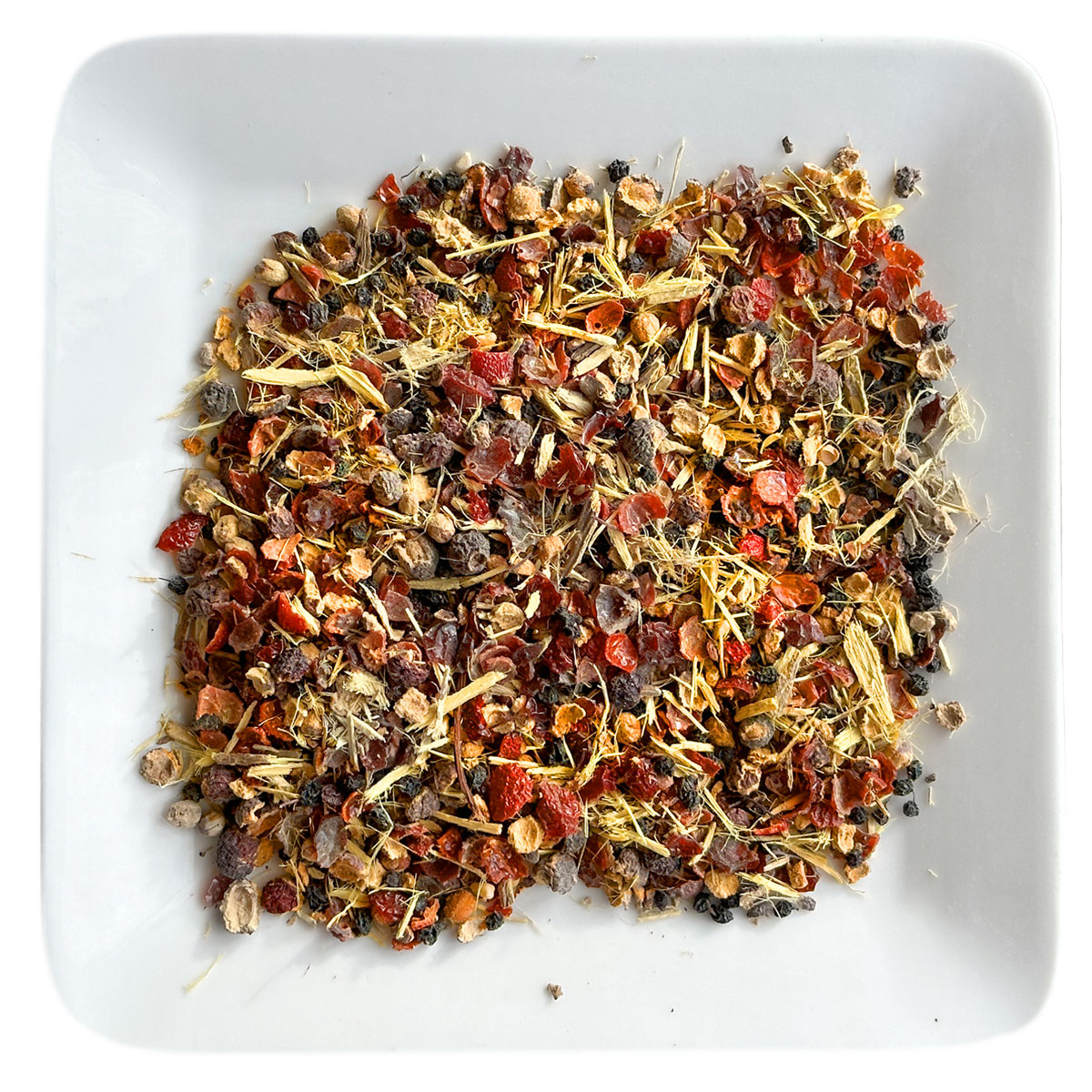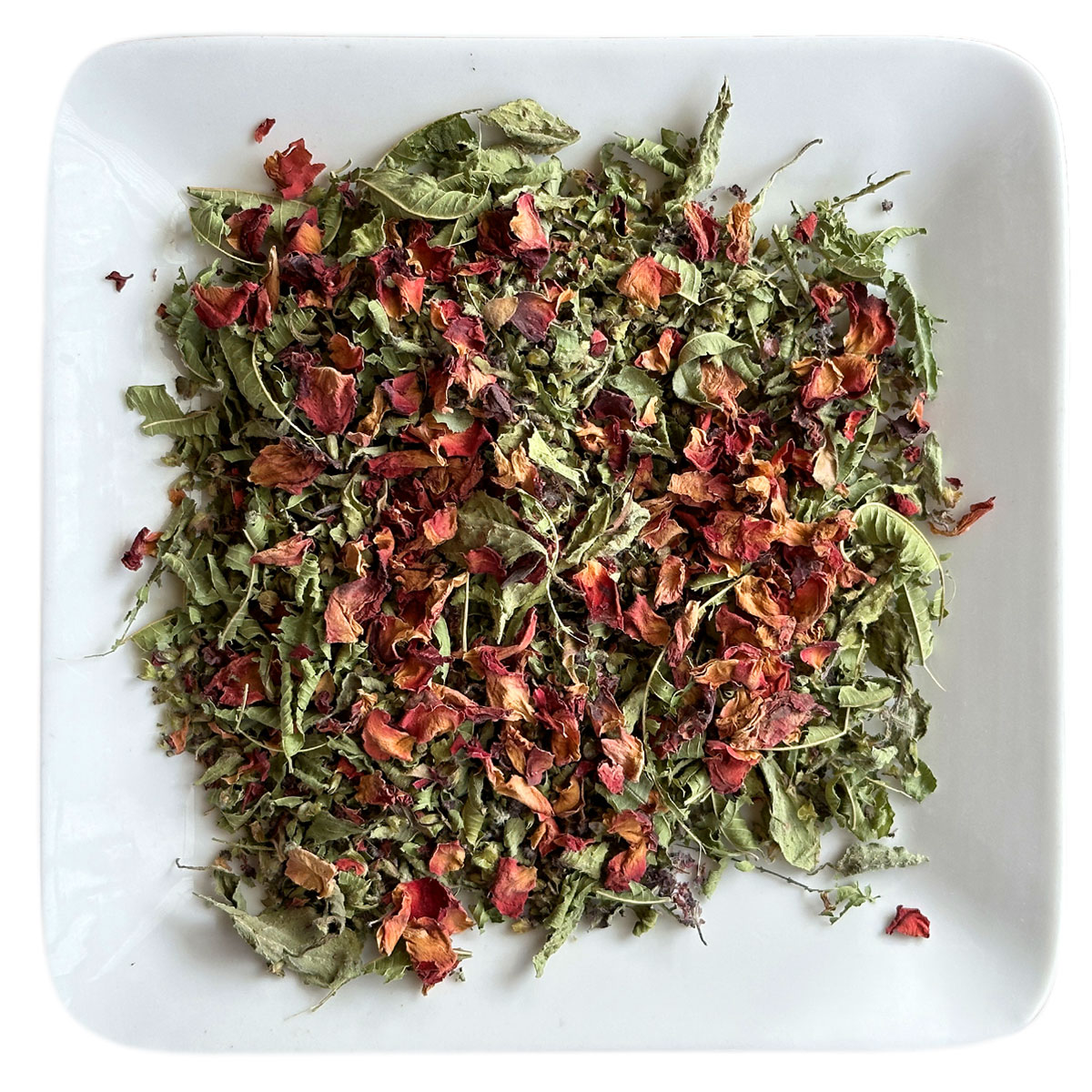autumn
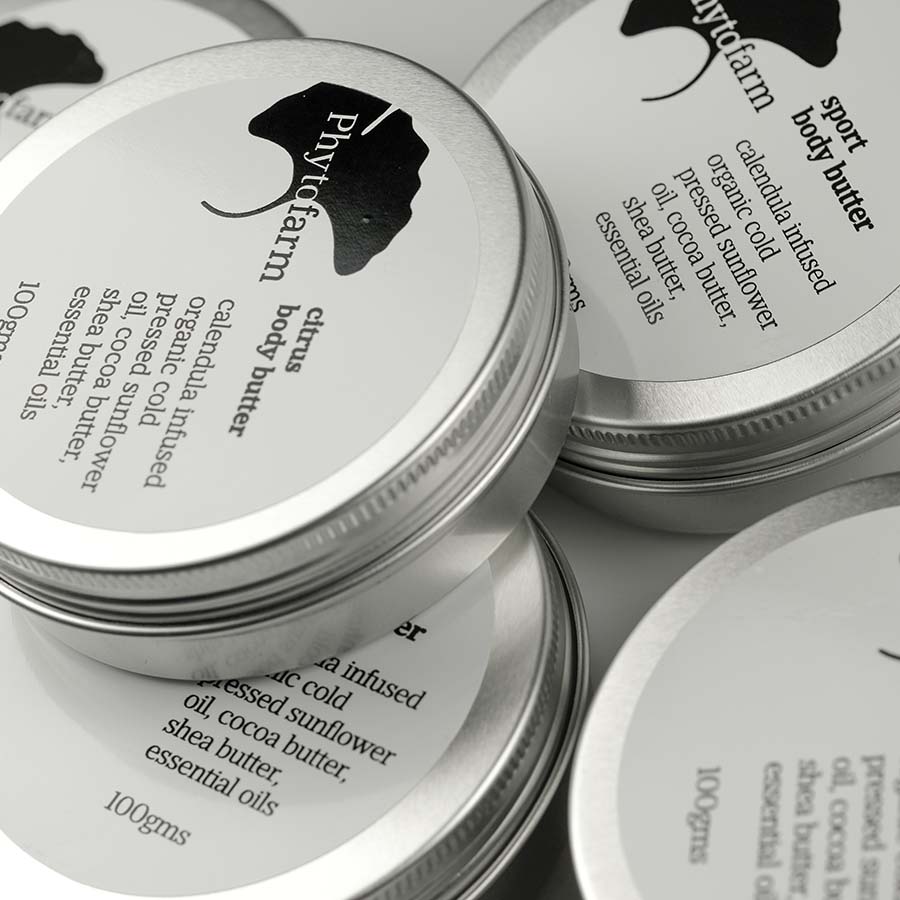
products
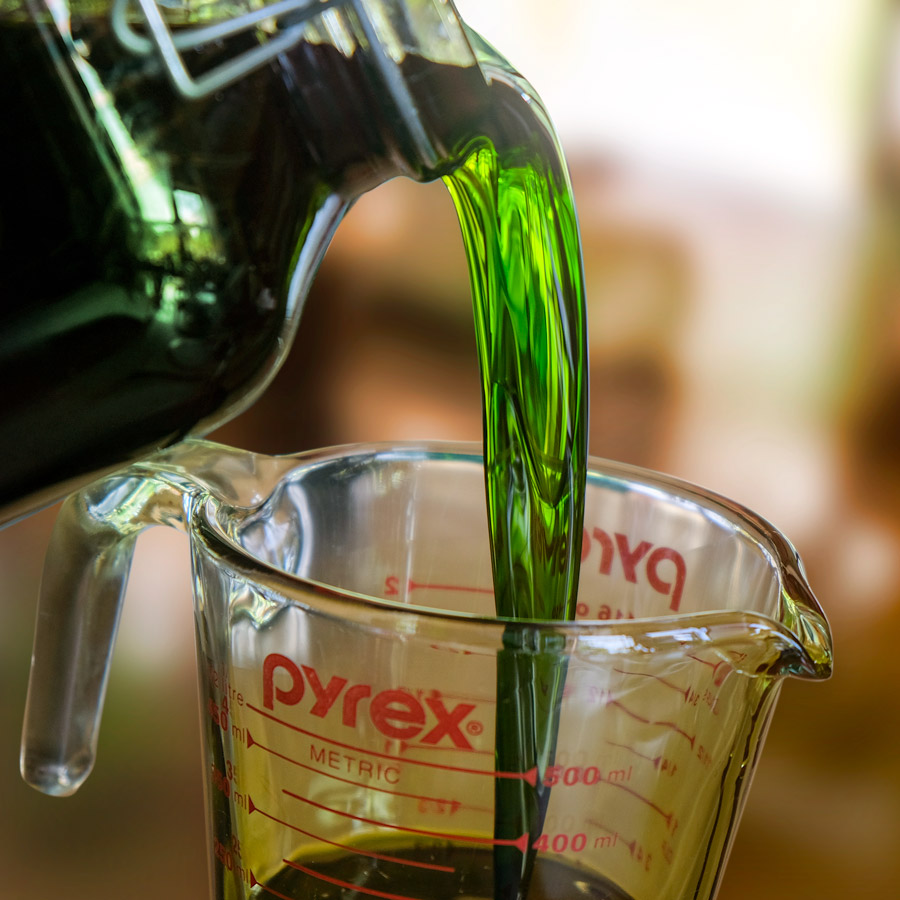
medicinal oils

workshops
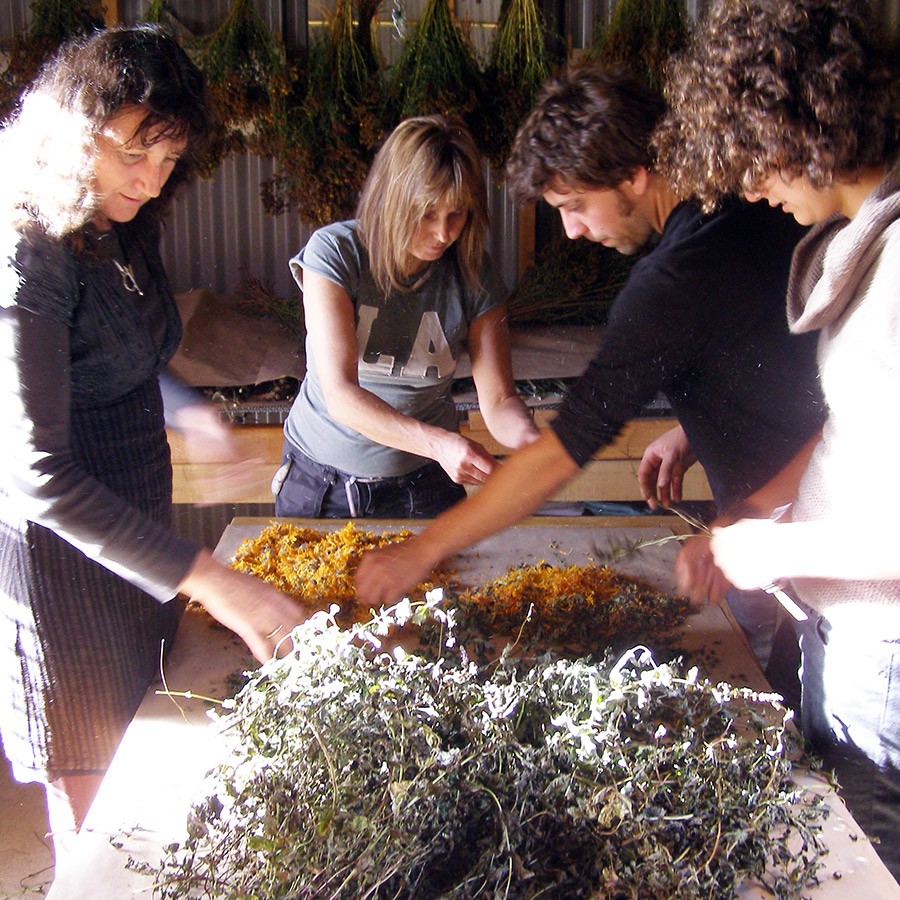
apprenticeship
our popular tisanes
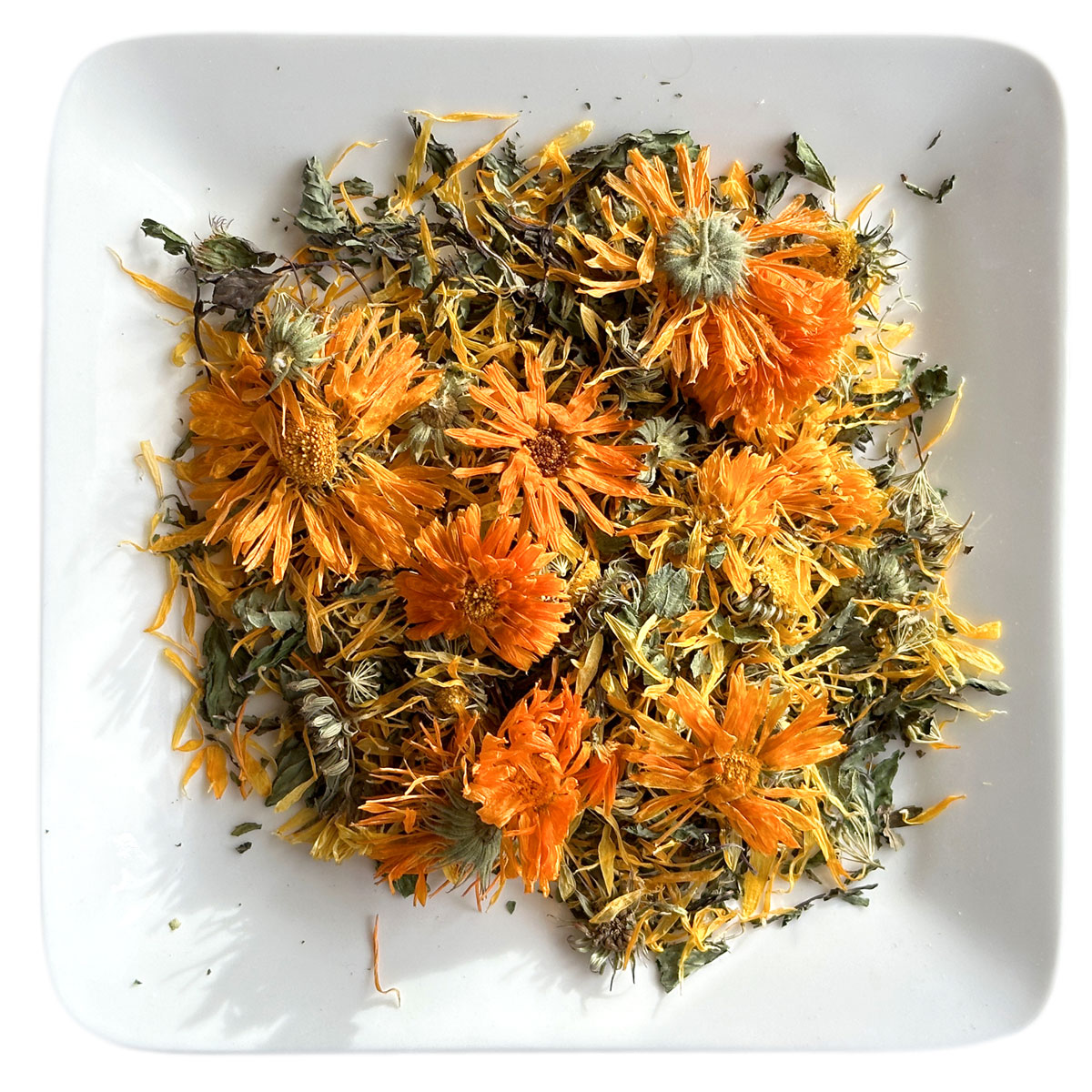
AROMATIC DIGESTIVE TISANE
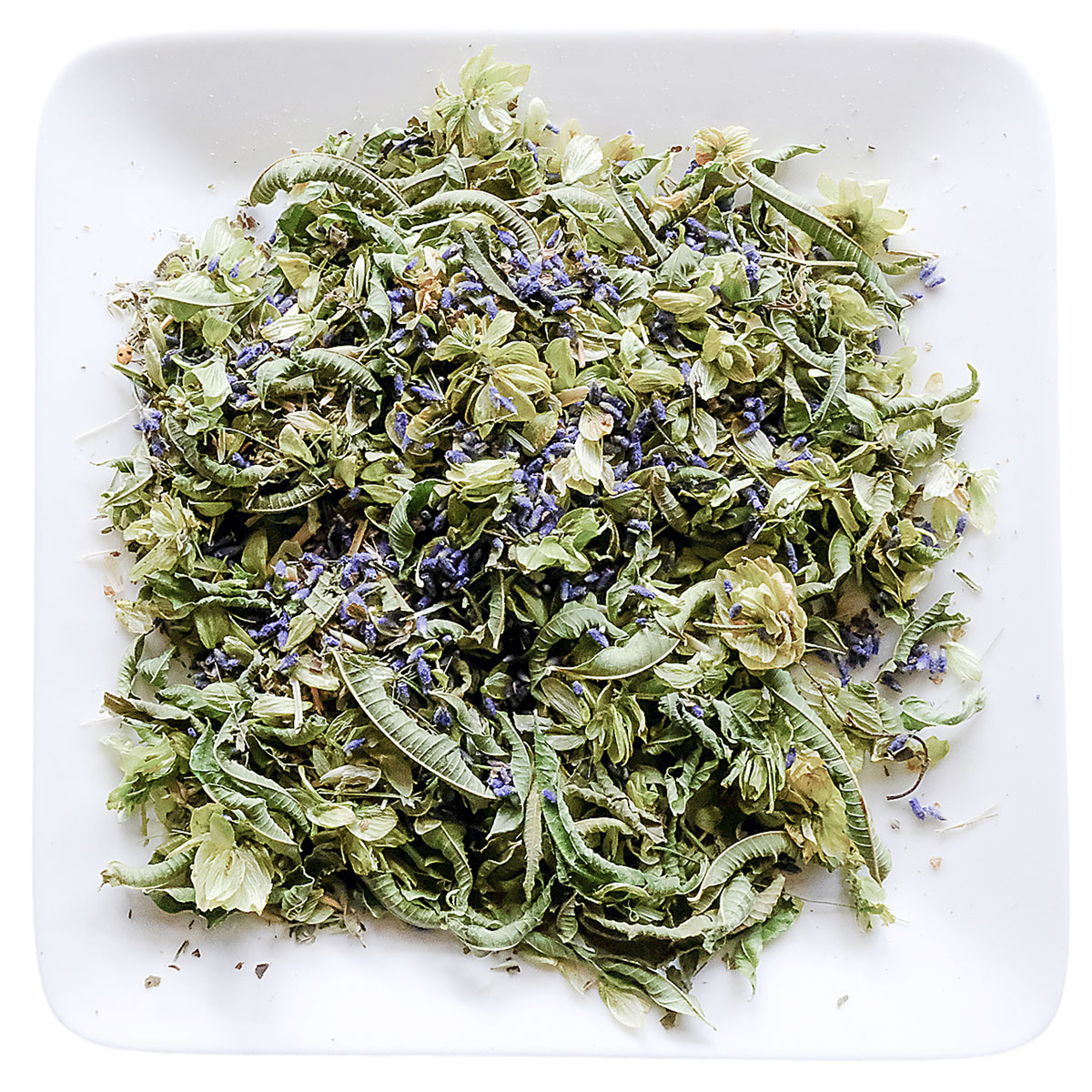
SLEEP WELL TISANE
events and dates
We are taking expressions of interest for a November 2025 intake. Full details of the tutor and dates will be announced by the end of June 2025. You can download the Apprenticeship Prospectus 2025/26 here and the Apprenticeship Application 2025/26 here.
• Spring: 14th – 17th November 2025
Workshop programme: LEARN
- Autumn garden walk, the plants grown for the healing properties in their roots are dying back, and the garden view changes from the aerial perspective to the examination of roots and berries in the trees.
- Drying room experience and blending a decoction from roots and berries.
- We will have a discussion on the importance of gut flora as a key to our immune system function.
- Make and take home products with recipes:
Blend a tisane
A medicinal vinegar
An oxymel
A nutritional syrup
Sunday 27th April: 10 am – 2 pm BOOK HERE
Dyeing to make an impression
Where: Phytofarm Medicinal Plant Farm is excited to host this fantastic natural dyeing workshop, with plants onto fabric. 166 Okuti Valley Road, Little River, Banks Peninsula – 50 mins drive from Christchurch.
When: Sunday 4th May, 11.30 am – 4 pm. Maximum of 10 participants
What we will do: A mindful walk in the garden and forest to collect our dye ingredients. Make your own eco-printed scarf with a plant- a permanent wearable impression of your particular plant. Extract organic colours from fallen leaves and enjoy the permanent impressions on natural fibre.
Make an imprint on a scarf & an A4 printed paper design.
The Artist/Teacher:
Artists Philosophy: “To strive, to seek, to find, and not to yield’.
Arina Senior is an Architect/Artist who made Christchurch her home in 2002. She currently works on the Christchurch rebuild and is involved with heritage buildings. Apart from her architectural design work,she is a passionate urban forager and makes forays into local parks and nature surrounding Christchurch to collect ingredients for her dyeing projects.
Arina describes herself as a concept artist, who loves to use what is on hand to create beauty from natural materials and not control the process, but go with the flow of what nature presents.
Cost: $240, all materials to make your garment provided. Phytofarm will provide herbal tisanes, crackers and fruit. Bring a snack for lunch.
To Book: Email info@phytofarm.co.nz to check availability, then pay into: Phytofarm Trading 01-0653-0554449-00. Please identify payment with your name & Dyeing W/S.
Customized workshops and garden tours can be created. Please contact Valmai at info@phytofarm.co.nz to discuss.
new products
the tisane sample box
$ 25.00
cough syrup
Ingredients: Glycerine, water, thyme, liquorice and marshmallow. 100ml bottle.
100 ml $ 18.50
sleep & de-stress balm
40gms $18.50
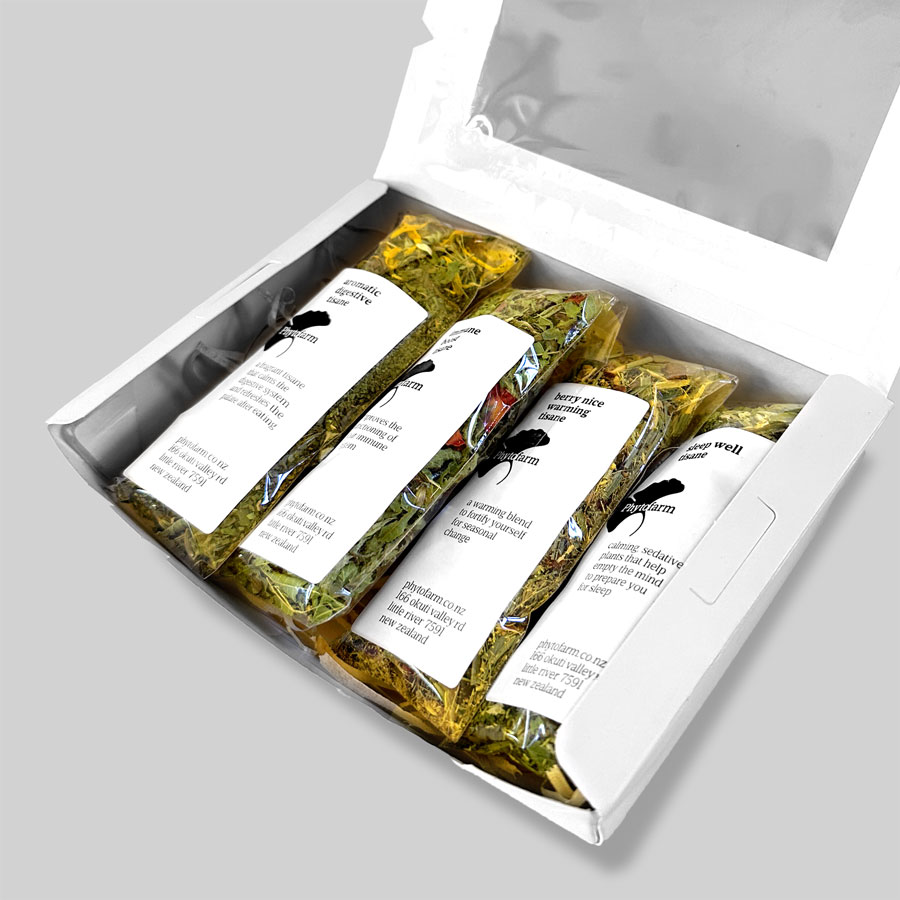
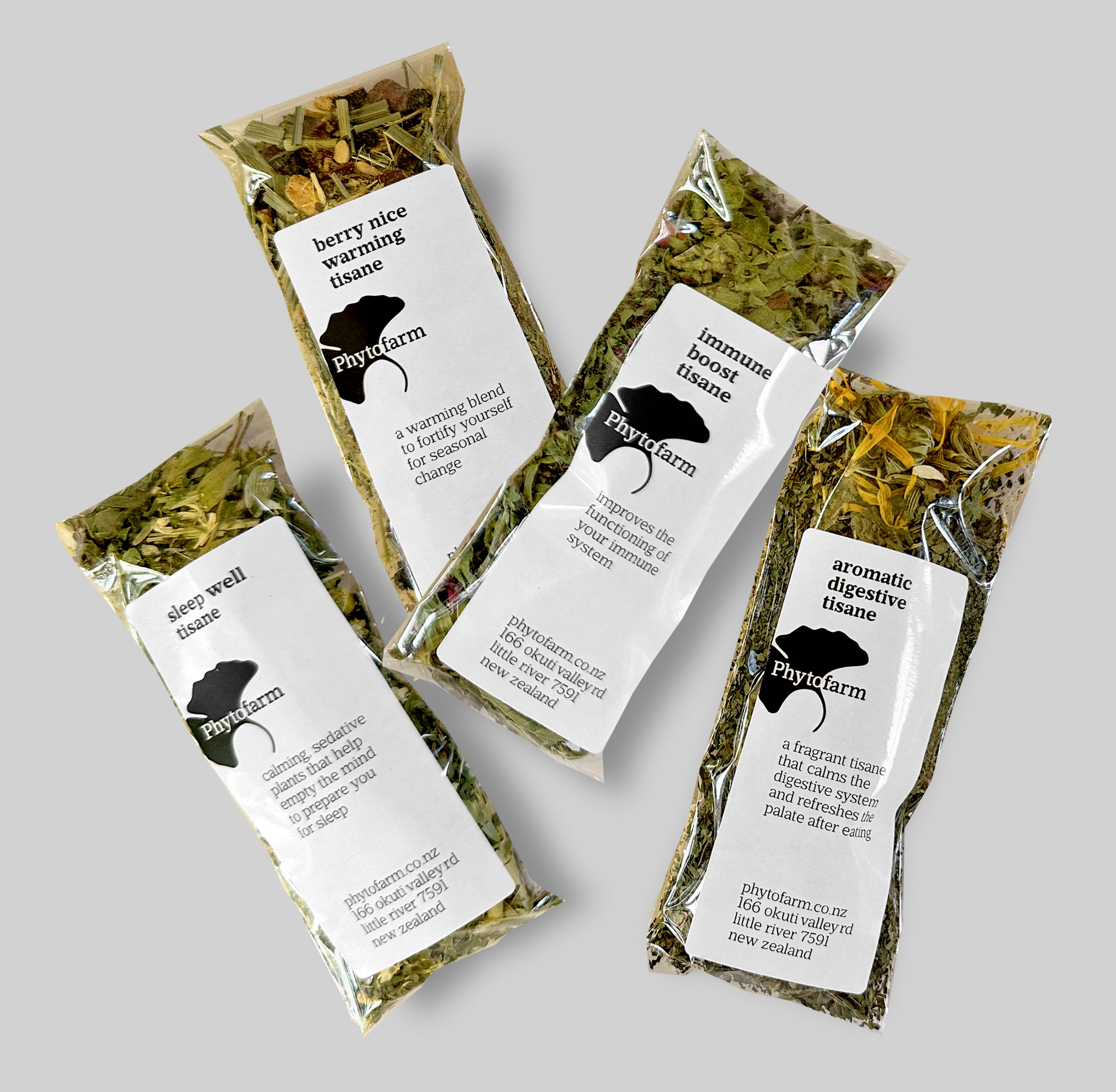
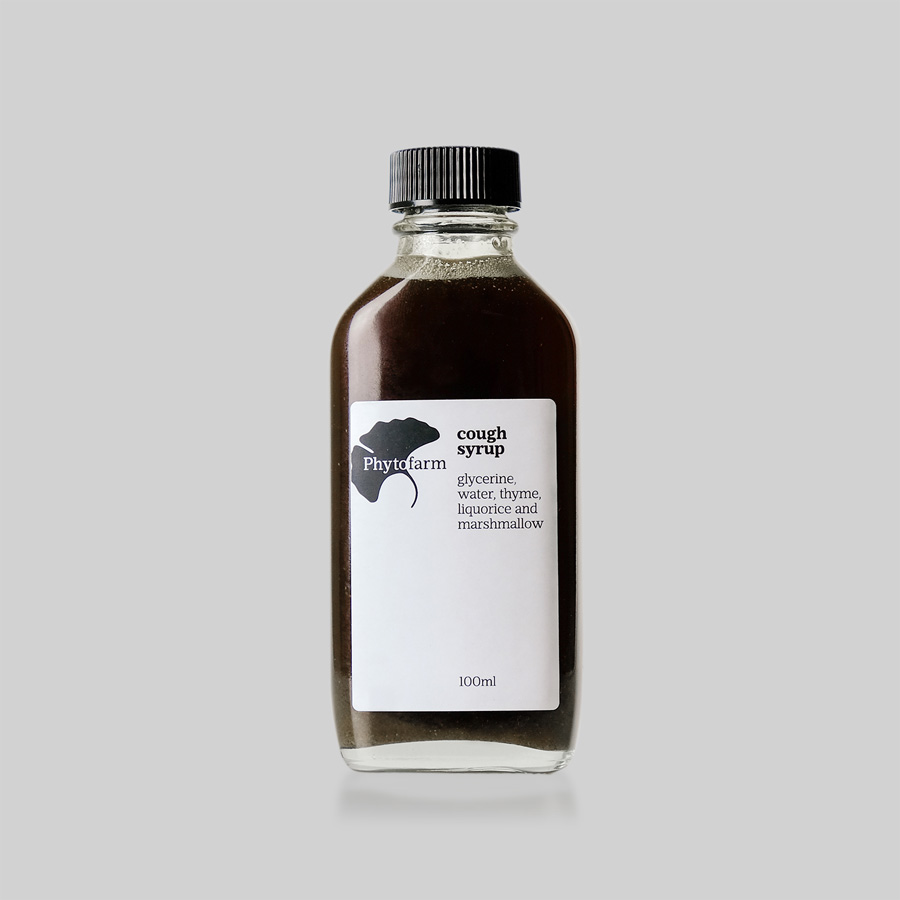
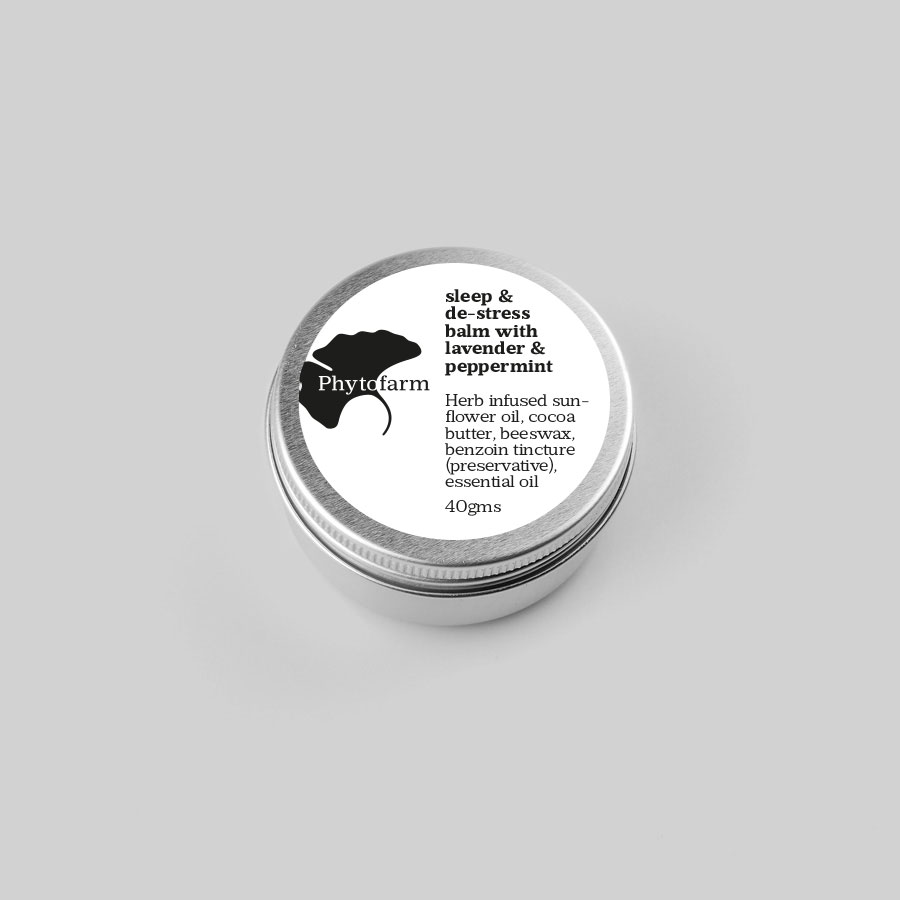
newsletter subscription
our stockists





















